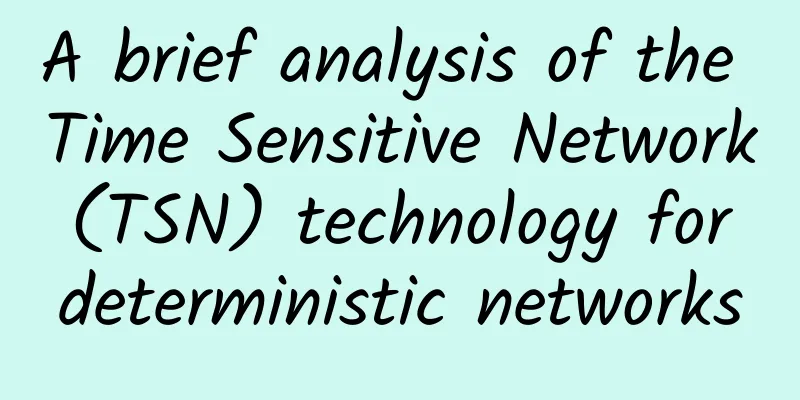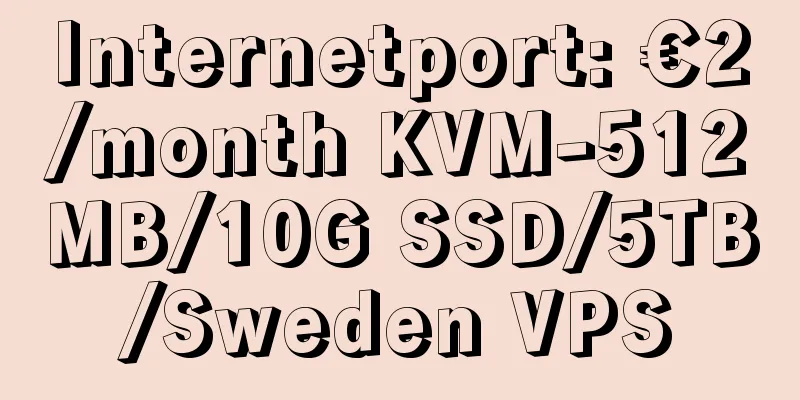Chinese companies are strong in 5G R&D, spectrum strategy planning needs to be implemented

|
In recent times, 5G has become popular in the circle of friends. Nearly 7,000 5G hot articles have been published on WeChat public accounts, and the Baidu Index of 5G has more than increased 10 times compared with the highest value in the past year. Chinese company Huawei set off a public opinion feast for 5G. The Polar Code led by Huawei was adopted by the 3GPP standards organization as the control channel coding scheme for 5G on November 17. Coding and modulation technology is regarded as the crown in the field of wireless communications. This is the first time that a Chinese company has gained the right to speak in such a core standard field. Soon after, the 5G system design led by China Mobile also officially started standardization. The project will formulate two basic standards, "5G System Overall Architecture and Functions" and "5G System Basic Processes" by the end of 2017.
5G On November 20, the Ministry of Industry and Information Technology invited a number of domestic and foreign operators to hold a press conference on the second phase of 5G technology research and development trials, and reiterated its vision of "strengthening international cooperation and promoting the formation of global unified standards for 5G." Standard game and compromise Foreign media barely reported on the 3GPP meeting held in Reno, the United States from November 14 to 18. Even the selection of the LDCP code scheme led by Qualcomm a month ago did not attract media attention. A person from a foreign company told the 21st Century Business Herald reporter: "This meeting is no different from the previous ones. Although there are some games involved, it is more of an ordinary technical discussion. The most important significance is that it has pushed the 5G standard process forward one step." In fact, this is the second battle of 5G coding schemes. On October 14, 2016, the LDPC code led by Qualcomm won by majority vote and defeated the Polar code to be adopted as the data channel long code block coding scheme for the 5G eMBB scenario. At this meeting, the 5G short code scheme was left for discussion at the meeting on November 14-18, while control signaling and URLLC scenarios, mMTC scenarios and other schemes will be discussed in the future. On November 17, Polar code won a victory and was elected as the short code coding scheme with a majority of votes. Although Polar code was born relatively recently, it is reported that the use of Polar code can achieve a 5G rate of 27Gbps, meeting the 5G peak rate requirement of 20Gbps. "To bring together global standard organizations to promote unified standards, we must achieve equal distribution of benefits as much as possible." 5GNR, a well-known public account in the communications industry, said: "Compromise and compromise have always been the philosophy of 3GPP." GNR gave an example, when the NB-IOT project was launched last year, the CIOT solution advocated by Huawei and Qualcomm competed fiercely with the NB-LTE solution proposed by Ericsson and Intel, but 3GPP finally compromised and proposed the NB-IOT solution. Under the premise of ensuring that the interests of both parties are evenly shared, 3GPP unified the strength of all enterprises and accelerated the progress of NB-IOT. For the communications industry, where traditional businesses have reached a growth ceiling, NB-IOT is seen as the next blue ocean. According to statistics from Machina Research, a global IoT research organization, in 2015, the number of IoT connections of global operators reached 230 million, contributing about $7 billion to the market for operators. This figure will reach $24 billion in 2020. A Huawei staff member said that by 2020, the proportion of IoT devices connected to operator networks may reach 20%, and the proportion will continue to increase. For companies promoting NB-IOT, the most important thing is to realize the commercialization of NB-IOT as soon as possible. Today, 5G has adopted two solutions, LDPC and Polar, which also balance the interests of multiple parties. For companies participating in the 5G standard game, accelerating the implementation of the global unified 5G standard is the premise of all games. Technology first, policy second Since 2014, the global communications industry has been growing slowly, and operators and communications companies are pinning their hopes on 5G to reverse the industry's decline. Therefore, when ITU defined 5G, in addition to the eMBB scenario that continues the traditional business, it also planned two major scenarios, URLLC and mMTC. The former is dedicated to large-scale IoT networking, and the latter serves the industrial robots and unmanned driving fields that require ultra-low latency. In fact, this is also the field that the global technology community regards as the "future". The communications industry hopes to bring new revenue through these two scenarios to change the growth model of operators that used to rely on user dividends. Of course, this also means that 3GPP needs to bring in more participants. According to a reporter from 21st Century Business Herald, in the early days of 5G, the communications industry failed to attract enough investment when promoting 5G to leading companies in the automotive and industrial fields. Currently, industry leaders such as General Motors have joined the 3GPP organization and actively participated in standard setting, but compared with traditional communications companies, they cannot enter the mainstream. Only sufficient benefits can attract traditional industries to accept 5G, and this requires communications companies and 3GPP to make sufficient compromises with the automotive, industrial, medical and other industries when defining URLLC and mMTC scenarios in the future. Moreover, it should be pointed out that the automotive and industrial fields are China's weak links, and Chinese communications companies such as Huawei are not in a favorable position in the standards of these scenarios. Of course, China's communications industry is growing, but it is too early to say that it will "dominate 5G". Half a year ago, the US Department of Commerce sanctioned ZTE. At that time, the communications industry was accused of being in a serious situation because the core components of China's communications industry were mainly imported from the United States. In a Huawei network security report, Huawei introduced that 70% of the materials of its products are imported, and 32% are from the United States. For example, in 2012, Huawei's purchases from American companies reached US$5.72 billion. This situation cannot be changed in the short term. Today, the support and attention paid by the US and European governments to 5G are no less than that of China. In July 2016, the White House announced an investment of US$500 million to support 5G, and attracted nearly 20 companies to build 5G test platforms in four cities in the United States. At the same time, the FCC (Federal Communications Commission) officially used the 24GHz spectrum for 5G. Spectrum resources are the most important resources for wireless communications. In September 2016, the European Commission announced "5G for Europe", announcing that it would develop a complete 5G deployment roadmap by the end of the year, start pre-commercial 5G in 2018, and require member states to select cities to provide 5G services before 2020. In addition, the EU also clearly stated that it would provide multiple frequency bands for testing before the end of 2016, and determine 6GHz, millimeter wave and other spectrum resources for 5G use before 2017. Compared with the EU and the US, China is not behind in 5G R&D. The Ministry of Industry and Information Technology established IMT-2020 very early and issued 863 and major special projects. However, although the Ministry of Industry and Information Technology has made promises such as "strengthening spectrum coordination" and "reserving spectrum resources of no less than 500MHz", unfortunately, there is no sign of my country launching a 5G spectrum strategic plan. Moreover, China has not yet issued an action plan like the United States and the EU. It should be pointed out that spectrum resources have always been one of the policy issues that have plagued the development of my country's communications industry. However, this issue has always been shelved in the political game between the telecommunications and radio and television systems, and there is currently no sign of a solution. |
>>: Improving 4G resident ratio by adjusting RSRQ measurement parameters
Recommend
How far can Wi-Fi 6 go?
Wi-Fi is an indispensable part of modern people&#...
Friendhosting Valentine's Day promotion: 30% off all VPS/virtual hosts, VPS half-year payment from 11.9 euros
Friendhosting has launched a 30% discounts for Va...
China Mobile: All new mobile terminals must support 700MHz from October 1
At the launch ceremony of China Mobile's 2021...
V5.NET new cloud server 30% off monthly payment from HK$42, Hong Kong physical server monthly payment from HK$385
V5.NET has announced the news of new cloud server...
DediPath Summer Promotion: 29% off on dedicated servers, 1Gbps unlimited traffic servers starting at $35.5/month, 35% off on VPS hosting
DediPath has released its latest summer promotion...
The challenges of 5G have just begun
The COVID-19 outbreak that has ravaged the world ...
Industry 4.0 is driving enterprise fiber access
Industry 4.0 has brought with it a wave of value-...
Megalayer: VPS hosting 50% off, 189 yuan/year, cloud server/high-defense server 60% off, Hong Kong/Singapore/US/Philippines data centers
Megalayer has released the 2024 New Year's Da...
Servzen: $2.49/month OpenVZ-1GB/20GB/1Gbps unlimited traffic/Netherlands data center
Servzen is a foreign hosting company founded in 2...
RAKsmart: Cloud server flash sale starting from $1.99/month, Hong Kong/Japan/Korea/Germany/US data centers
RAKsmart's cloud server and VPS host flash sa...
SD-WAN deployment pitfalls: How to avoid five common challenges
As organizations accelerate their cloud adoption ...
DiyVM: US CN2/Hong Kong CN2/Japan Osaka VPS monthly payment starts from 50 yuan, Hong Kong server starts from 499 yuan/month
DiyVM is a Chinese hosting company founded in 200...
Yu Yang, CEO of Farmland Manager: Farmland services are delivered at one stop, and small farms also need great wisdom
[51CTO.com original article] If you see a drone f...
Talk about the communication protocol I2C subsystem Hs Mode
1. I2C Hs-mode Why is HS mode explained separatel...
CheapWindowsVPS 20% off for the first month, 4G memory 1Gbps unlimited traffic KVM 7.2 USD for the first month, 8 computer rooms available
At Cheap Windows VPS, we are always innovating ou...









